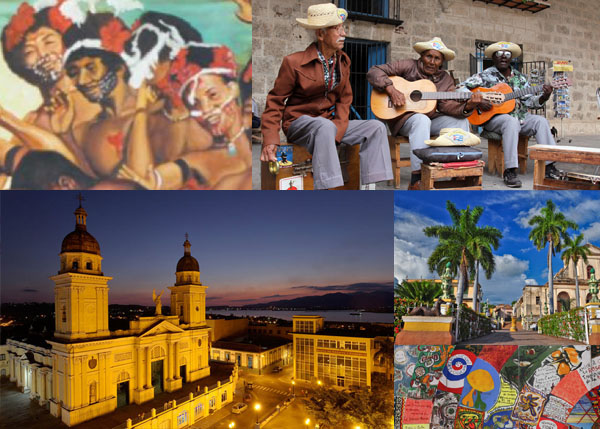9.7.3 Paulina Alvarez.

Paulina Álvarez brought rumbas, boleros, and guarachas to life in the 1920s, featuring the unique voice of this Cienfuegos native. However, it was the Danzonete that glorified her for posterity.
Her solid musical training and great interpretive versatility enabled her to explore diverse genres and rhythms of Cuban music, which is why she successfully performed in the most important groups for much of the last century.
He was careful in his choice of repertoire, which could be described as selective, as it also included some foreign genres that were more difficult to interpret, such as the tango.
All of this helped her perform the Danzonete well, as more than just a new sound or changes in the instrumentation of the Danzón orchestras of old was needed. What was needed were performers who felt the lyrics and the melody. Perhaps that’s why Paulina Álvarez adapted so harmoniously to the new sound.
The haughtiness and elegance that she imposed on each performance made it possible for her to win the sympathy and preference of the public and earn her the nickname of Empress of the Danzonete.
Today, we can still hear in some musical archives that voice that, despite the passing of years, retains the distinctiveness and majesty of one of our most versatile voices. The unmistakable nuance of the 1930s or 1940s, singing “Allá en Matanzas se ha creado, un nuevo ritmo singular” (There in Matanzas, a new singular rhythm has been created), undoubtedly reflects the presence of the Empress of the Danzonete.








